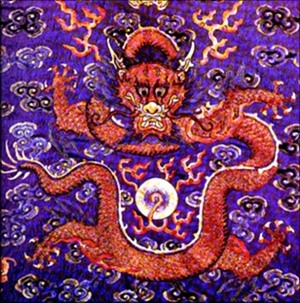Otanjoubi Omedeto pendiri blog ini yg ke -17..
Jumat, 17 Juni 2011
Kamis, 16 Juni 2011
Soal pertama q
| No. | Jwb Anda | Benar | Hasil | Detail | ||||||||||||||||
| 1. | D | D | Benar | Lihat | ||||||||||||||||
| ||||||||||||||||||||
| 2. | B | B | Benar | Lihat | ||||||||||||||||
| ||||||||||||||||||||
| 3. | B | B | Benar | Lihat | ||||||||||||||||
| ||||||||||||||||||||
| 4. | C | C | Benar | Lihat | ||||||||||||||||
| ||||||||||||||||||||
| 5. | A | A | Benar | Lihat | ||||||||||||||||
Diposting oleh Anonim jam 04.49 0 komentar
Rabu, 15 Juni 2011
Nine Dragons
Diposting oleh Anonim jam 00.48 0 komentar
Langganan:
Komentar (Atom)












 ,
,  Some individuals suffer from the misconception that the Chinese Dragon is a symbol of evil. This erroneous belief stems from the mythology of the western world where the dragon was thought to abduct maidens, wreak havoc on the populace, steal gold and destroy villages. In the mediaeval context the Western dragon was often the symbol of Satan incarnate. This is not so in the dragons of the orient. In fact it is just the opposite. The dragons of China and Japan are almost exclusively benevolent mythological creatures. In fact they are so different in nature from Western Dragons that it may be more reasonable to consider them as dissimilar creatures, rather than as the same creature interpreted differently.
Some individuals suffer from the misconception that the Chinese Dragon is a symbol of evil. This erroneous belief stems from the mythology of the western world where the dragon was thought to abduct maidens, wreak havoc on the populace, steal gold and destroy villages. In the mediaeval context the Western dragon was often the symbol of Satan incarnate. This is not so in the dragons of the orient. In fact it is just the opposite. The dragons of China and Japan are almost exclusively benevolent mythological creatures. In fact they are so different in nature from Western Dragons that it may be more reasonable to consider them as dissimilar creatures, rather than as the same creature interpreted differently.



